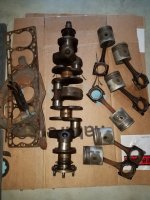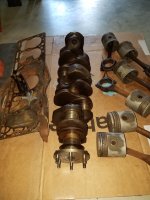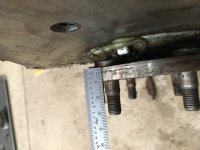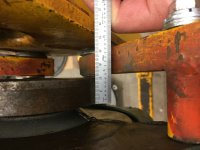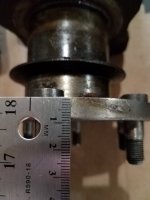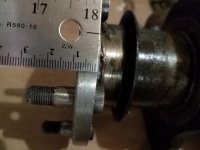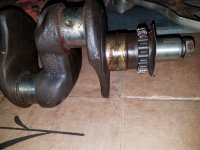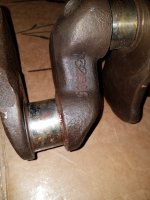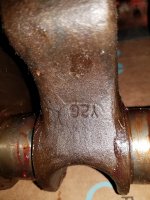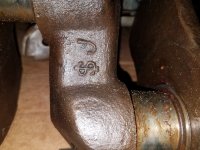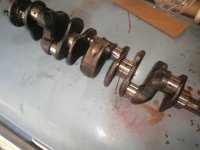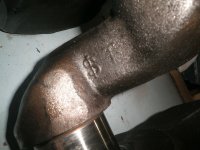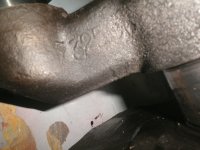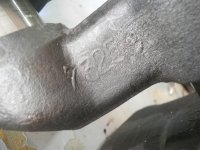MetalMike138
Gear Grinder
Hey all! I’m getting ready to swap out my tired 226 for a freshened up 226 in my 55 wagon. The new engine crankshaft flywheel flange is twice as thick as the engine I pulled out. Also the new engine crankshaft is drilled and tapped for bolts where as the old engine has a thin flange with flywheel bolts mounting from the front with nuts holding the flywheel to the crank. Has anyone run into this before or have an explanation as to the difference? I’m concerned about possible interference of the pressure plate and the bell housing as well as starter gear engagement due too everything sitting aft compared to the old engine.

